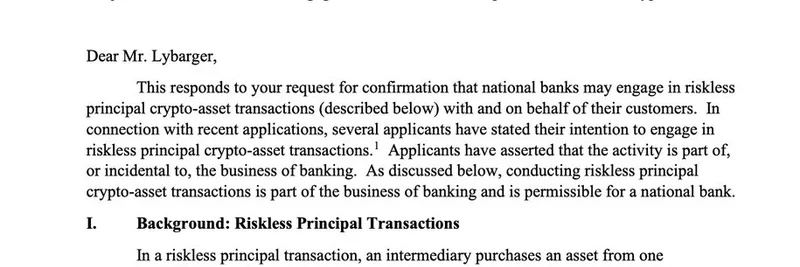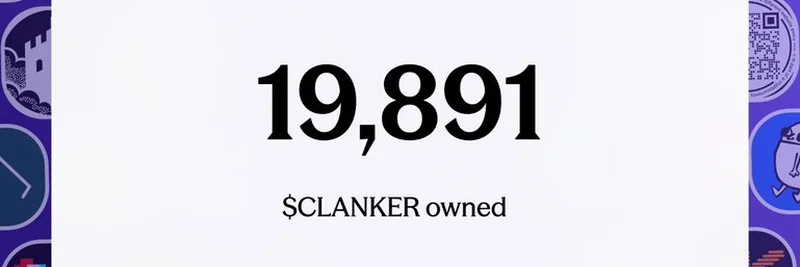In the fast-paced world of Crypto Twitter (often abbreviated as CT), trends come and go like viral memes. But recently, something refreshing is happening. As highlighted in a viral tweet from Mert, CEO of Helius Labs, the conversation is leveling up. Instead of fixating on quirky, lighthearted topics—like relentlessly badgering someone about naming their cat—folks are now buzzing about game-changing technologies such as privacy solutions, prediction markets, and tokenization. And Mert's reaction? Pure satisfaction, captured perfectly in a meme featuring Thanos smirking with the caption, "This... does put a smile on my face."
For context, Mert's cat saga has been a running joke on CT. It started when he shared a photo of an adopted cat he temporarily cared for, sparking an endless stream of demands for its name. Tweets piled up, with users pleading, theorizing, and even tying it to Solana's price performance—Mert once joked he'd reveal the name when SOL hits $200. This kind of playful, meme-driven chatter is classic CT, where trivial topics can explode into community obsessions, sometimes even spawning meme tokens overnight.
But as Mert points out in his tweet, the tide is turning. "Crypto will eat the world," he declares, optimistic about the shift. Let's break down these emerging topics and why they're stealing the spotlight from cat names.
The Rise of Privacy in Blockchain
Privacy has long been a hot-button issue in crypto. Unlike traditional finance, where transactions can be somewhat shielded, public blockchains like Bitcoin and Ethereum broadcast everything openly. This transparency is great for trust and verification but lousy for personal privacy—anyone can trace your wallet activity.
Enter advanced privacy tech. Solutions like zero-knowledge proofs (ZKPs) allow users to prove something is true without revealing the underlying data. For instance, you could verify you're over 18 for a service without sharing your birthdate. On Solana, where Mert's Helius Labs operates, projects like Zera Labs are building privacy protocols for offline transactions, as mentioned in replies to his tweet.
This isn't just tech jargon; it's crucial for real-world adoption. Imagine using crypto for everyday payments without exposing your financial history. As regulations tighten and data breaches make headlines, privacy-focused chains and tools are poised to boom, making crypto more accessible and secure.
Prediction Markets: Betting on the Future with Crypto
Prediction markets are essentially decentralized betting platforms where users wager on real-world outcomes using crypto. Think: Will Bitcoin hit $100K by year-end? Or who wins the next election? Platforms like Polymarket have surged in popularity, especially during high-stakes events like U.S. politics.
These markets work by letting users buy "shares" in yes/no outcomes. If you're right, you profit; if not, you lose. It's not gambling—it's crowd-sourced forecasting, often more accurate than polls because real money is on the line. New projects like Kalshi, TryLimitless, and Noise are innovating here, blending AI, sports betting, and even mindshare trading.
In the meme token world, prediction markets add a fun twist. You could bet on viral trends, like the next big cat-themed coin exploding. This intersection keeps the playful spirit alive while driving serious economic insights.
Tokenization: Bringing Real-World Assets On-Chain
Tokenization is the process of turning real-world assets (RWAs) into digital tokens on a blockchain. This could be anything from real estate and art to stocks or even intellectual property. Why? It makes assets more liquid, fractional (own a sliver of a Picasso), and accessible globally without middlemen.
In crypto, tokenization is exploding thanks to platforms enabling seamless RWA integration. For example, you could tokenize a meme image or a viral tweet, creating tradable NFTs or tokens. Replies to Mert's post even joked about privately predicting and tokenizing his cat's name—highlighting how these techs blend with CT's meme culture.
This trend signals crypto's maturation, bridging traditional finance (TradFi) with decentralized finance (DeFi). As more assets go on-chain, expect massive value unlocks, with estimates suggesting trillions in tokenized markets by 2030.
Why This Shift Matters for Meme Tokens and Beyond
At Meme Insider, we're all about meme tokens—the fun, community-driven side of crypto that often starts with a joke but can evolve into something bigger. The cat name obsession? Peak meme energy. But as CT dives deeper into privacy, prediction markets, and tokenization, it doesn't mean memes are fading. Instead, they're evolving.
These technologies empower meme creators and traders. Privacy shields degen plays from prying eyes, prediction markets let you bet on meme hype cycles, and tokenization turns viral moments into assets. It's a win-win: more substance without losing the humor.
Mert's tweet captures this optimism perfectly. Crypto isn't just about quick flips or cat memes anymore—it's about building tech that reshapes the world. As discussions mature, so does the ecosystem, paving the way for broader adoption.
If you're into Solana, where much of this innovation thrives, keep an eye on Helius Labs for top-tier RPCs and APIs. And who knows? Maybe when SOL breaks $200, we'll finally learn that cat's name.
Stay tuned to Meme Insider for more on how memes intersect with cutting-edge blockchain tech. What's your take on CT's evolution—drop a comment below!




